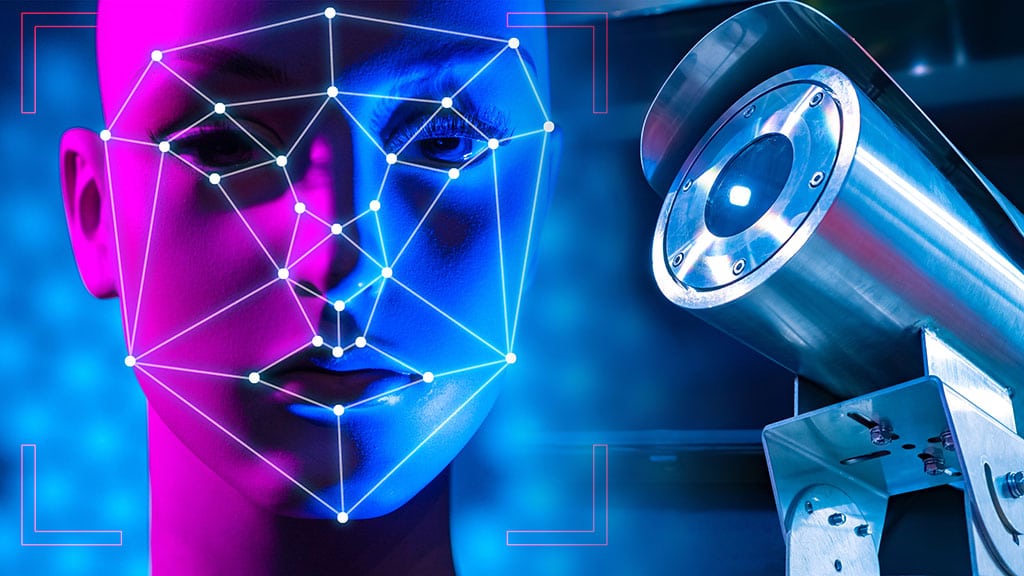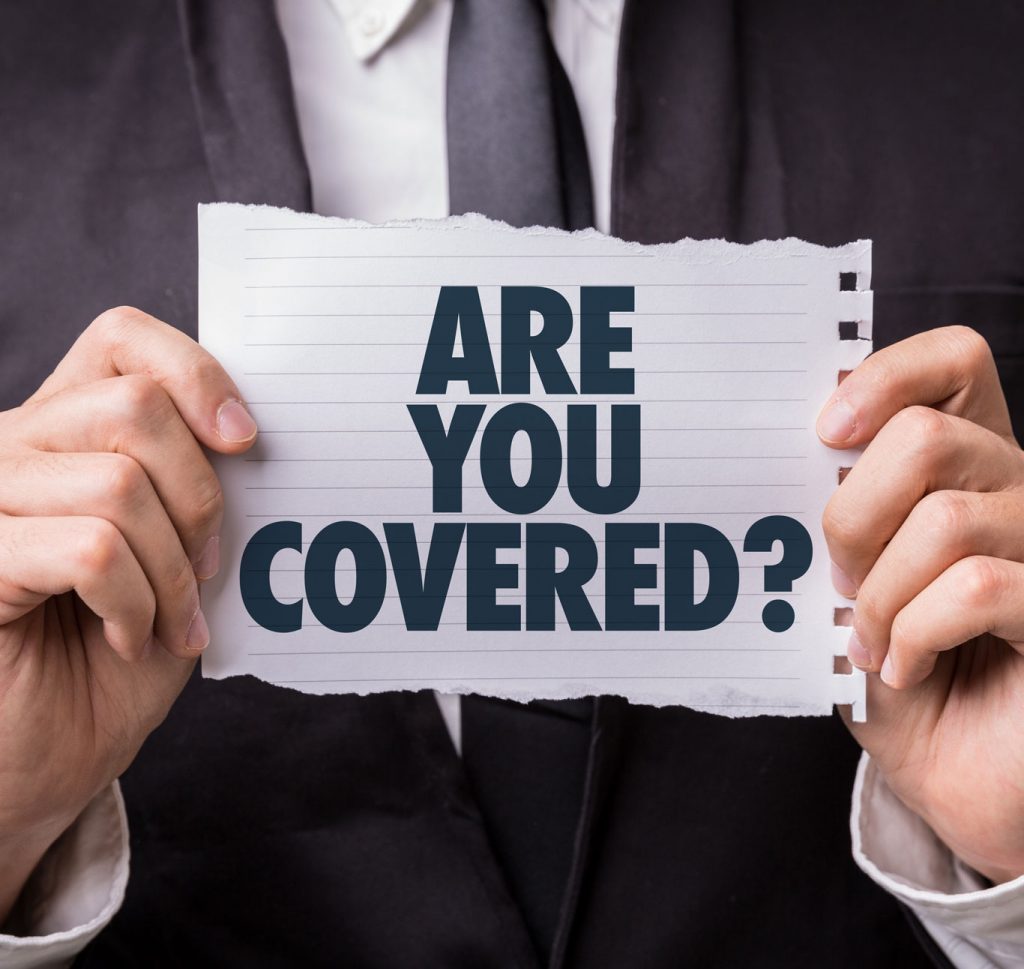In the realm of commercial security, the implementation of video verification stands out as a transformative approach, offering unparalleled accuracy and efficiency in alarm verification processes. This innovative method not only streamlines security protocols but also significantly reduces the likelihood of false alarms—a common challenge in the alarm installation & monitoring industry.
Introduction to Video Verification
The emergence of video verification in alarm systems marks a significant evolution in commercial security measures, blending live video feeds with traditional alarms to offer real-time incident confirmation. This integration not only augments existing security protocols by adding a visual verification layer but also significantly mitigates the risk of false alarms, enhancing the accuracy of security responses.
By providing immediate visual context to security alerts, video verification enables quicker decision-making by security personnel, ensuring a swift and appropriate response to genuine threats. This technological synergy represents a proactive approach to security management, prioritizing efficiency and reliability in incident handling.
Emerging Demand and Technological Advancements
The surging interest in video verification services within the commercial sector is primarily driven by the convergence of decreasing costs and remarkable technological strides. These innovations are reshaping the landscape of security measures, offering businesses a compelling array of operational benefits.
Enhanced security responses and a notable reduction in false alarms stand out as critical advantages, highlighting the system’s capacity to streamline incident management and operational efficiency effectively. This evolution reflects a broader industry trend towards leveraging technology to enhance safety and security protocols, as detailed in insights from SDM Magazine.
As technology continues to advance, the integration of sophisticated video analytics and AI enhances the effectiveness of video verification systems, offering unprecedented accuracy in threat detection and response. These advancements not only improve the security posture of businesses but also introduce new paradigms in monitoring and surveillance, paving the way for innovative security strategies that can adapt to the evolving demands of commercial environments.
The growing adoption of video verification is indicative of a shift towards more intelligent, responsive security solutions that prioritize real-time data and visual evidence, setting a new standard for commercial security measures in the digital age.
Legal and Ethical Considerations
The integration of video verification in commercial security systems necessitates a thorough understanding of both legal and ethical dimensions. The Citizens United v. FEC case, while centered on campaign finance, highlights the profound impact of video content on public perception and legal norms, drawing parallels to the careful consideration required in deploying surveillance technologies. This precedent underscores the critical need for compliance with legal standards and ethical practices in surveillance, emphasizing respect for privacy and the responsible use of video verification technologies.
As businesses adopt these advanced security measures, navigating the intricate balance between enhanced security and the protection of individual rights becomes paramount, necessitating a judicious approach to surveillance that honors both legal obligations and ethical imperatives.
In this context, the dialogue around video verification transcends mere technological implementation, evolving into a broader discussion on its societal implications and the importance of upholding fundamental privacy principles in an increasingly surveilled world.
Technological Integrity and Deepfake Detection
The development of deepfake technology has presented a formidable challenge to the security industry, making the verification of video content more complex. However, innovations like Sumsub’s deepfake detection technology represent a significant leap forward in maintaining the integrity of video verification processes. By employing advanced AI algorithms capable of distinguishing between genuine and manipulated video footage, such tools play a crucial role in safeguarding against the risks posed by AI-driven identity fraud. This level of technological sophistication ensures that businesses can rely on video verification as a secure and trustworthy component of their security systems, providing a robust defense against increasingly sophisticated cyber threats.
Video Evidence in Legal and Commercial Frameworks
The role of video evidence in both legal and commercial contexts is becoming increasingly critical, particularly as seen through the lens of virtual civil trials, such as those in Ukraine.
These trials, which rely heavily on video conferencing and digital evidence, offer valuable insights into the evolving legal standards for video verification and the admissibility of video evidence in court proceedings.
This shift towards digital legal processes not only highlights the growing acceptance of video evidence in legal settings but also sets a precedent for its use in commercial disputes, reinforcing the need for businesses to adopt secure and legally compliant video verification technologies.
Operational Procedures and Digital Media Evidence
Implementing video verification requires the establishment of comprehensive operational procedures and robust training programs for staff to effectively manage and analyze digital media evidence. These guidelines are crucial for ensuring the reliability of video verification systems, facilitating the accurate interpretation of video data, and guiding the meticulous documentation and investigation processes.
Proper handling and analysis of digital video evidence are foundational to maintaining the integrity and effectiveness of security measures. Police1 offers valuable guidelines and recommendations on best practices in handling digital media evidence.
The adoption of video verification in commercial settings represents a significant leap forward in security technology. By combining real-time visual verification with traditional alarm systems, businesses can significantly enhance their security posture, reduce false alarms, and ensure a swift response to actual threats.
However, as this technology continues to evolve, it’s crucial for businesses to stay informed about legal requirements, ethical considerations, and technological advancements to implement video verification effectively and responsibly.
As a professional alarm installer, be sure you are protected the same way your clients are. Give El Dorado Insurance a call today to make sure your insurance coverage is as comprehensive as the coverage of the alarms you install.






